PLUS-MSL-FP-v2 (Extended) Database - Download Page
This is "The Multimedia Signal Processing and Security Lab", short WaveLab, website. We are a research group at the Artificial Intelligence and Human Interfaces (AIHI)
Department of the University of Salzburg led by Andreas Uhl.
Our research is focused on Visual Data Processing and associated security questions. Most of our work is currently concentrated on Biometrics, Media Forensics and
Media Security, Medical Image and Video Analysis, and application oriented fundamental research in digital humanities, individualised aquaculture and sustainable wood
industry.
PLUS-MSL-FP-v2 Database
This is the second, extended version of the PLUS Multi-Session and Longitudinal Fingerprint Database (PLUS-MSL-FP-v2 Database), consisting of 127163 fingerprint samples, acquired over a time-span of 5 years from 58 different subjects in total (note: not all subjects participated in each session). The second version extended the original version of the dataset by a fifth capturing session in June 2022, adding 20541 addition fingerprint samples. Moreover an issue with session 1 of the original dataset has been fixed (swap of two subject IDs).The PLUS-MSL-FP-v2 Database contains 5 sessions in total, the first acquisition session took place in March 2017, the second one in September 2017, the third one in March 2018, the fourth one in March 2019 and the fifth one in June 2022. Hence, the entire dataset contains 5 subsets, each one containing the samples of one acquisition session. In the first session 58 volunteers participated, 57 in the second and third one, 53 in the fourth one and 42 in the last one. In total, we have an overlap of 38 volunteers(25 male, 13 female) who participated in all five capturing sessions, all the others are additional subjects. The subjects' age ranges from 25 to 78 and can be partitioned into four age groups: younger than 30 years (y30),older than 30 and younger than 40 years (o30y40), older than 40 and younger than 60 years (o40y60), and older than 60 years (o60).
The PLUS-MSL-FP-v2 Database was acquired with the same capturing devices as the original version, which are 10 different commercial off-the-shelf fingerprint capturing devices, including optical, capacitive and one thermal capturing device. All of them are depicted in the figure below. The optical ones are the Lumidigm V311 (Venus), the Lumidigm M311 (Mercury), the DigitalPersona URU5160, and the Suprema RealScan G1. The first two scanners are not only optical but multispectral devices. The capacitive ones are the Integrated Biometrics Columbo (active capacitive), the Integrated Biometrics Curve (active capacitive), the Zvetco Verifi P5000, the DigitalPersona Eikon 710 Touch, the Upek Eikon II Swipe (swipe scanner) while the thermal sensor is the Next Biometrics NB-3010-U. Samples captured with these scanners result in a resolution of 500 dpi.
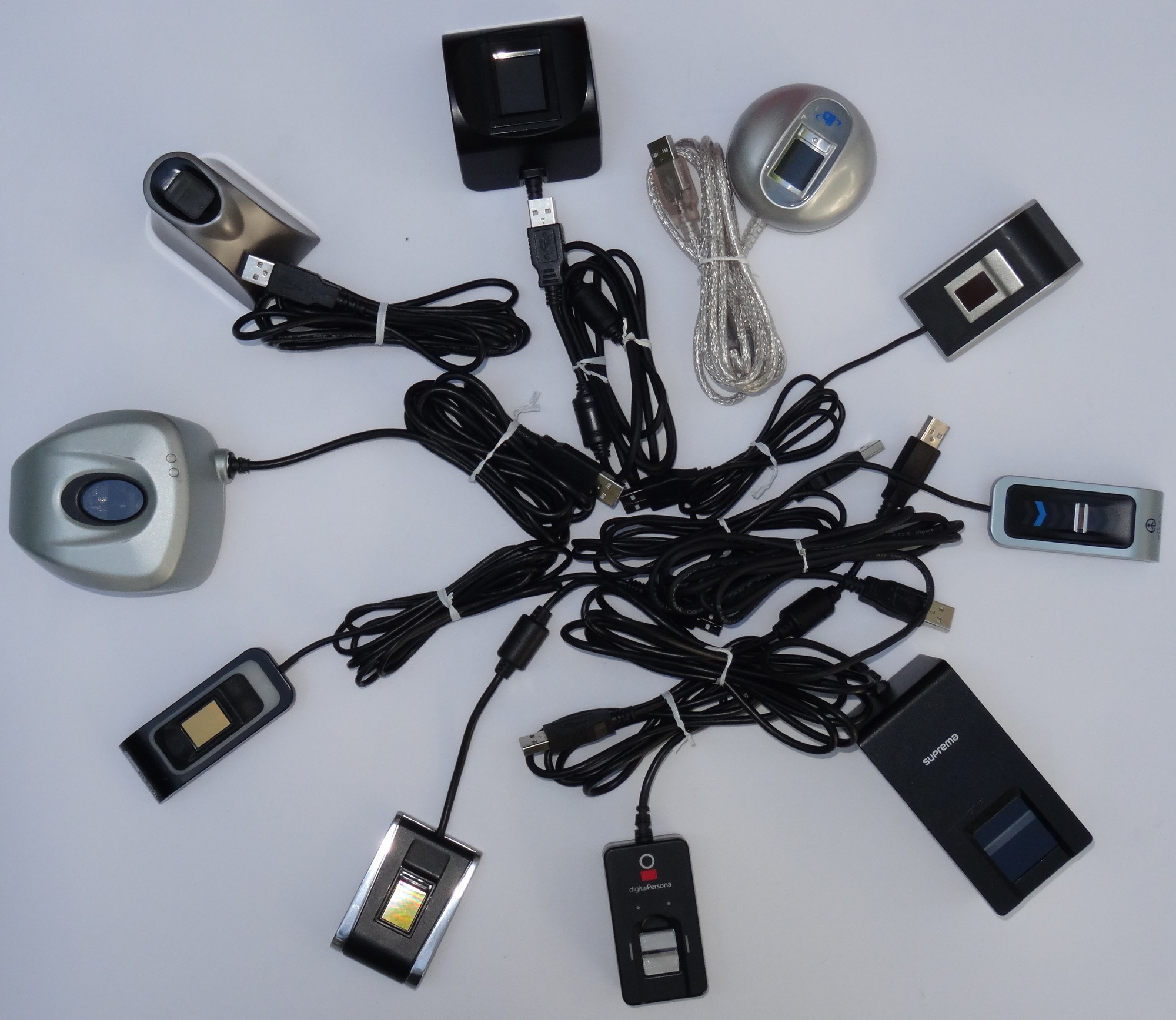
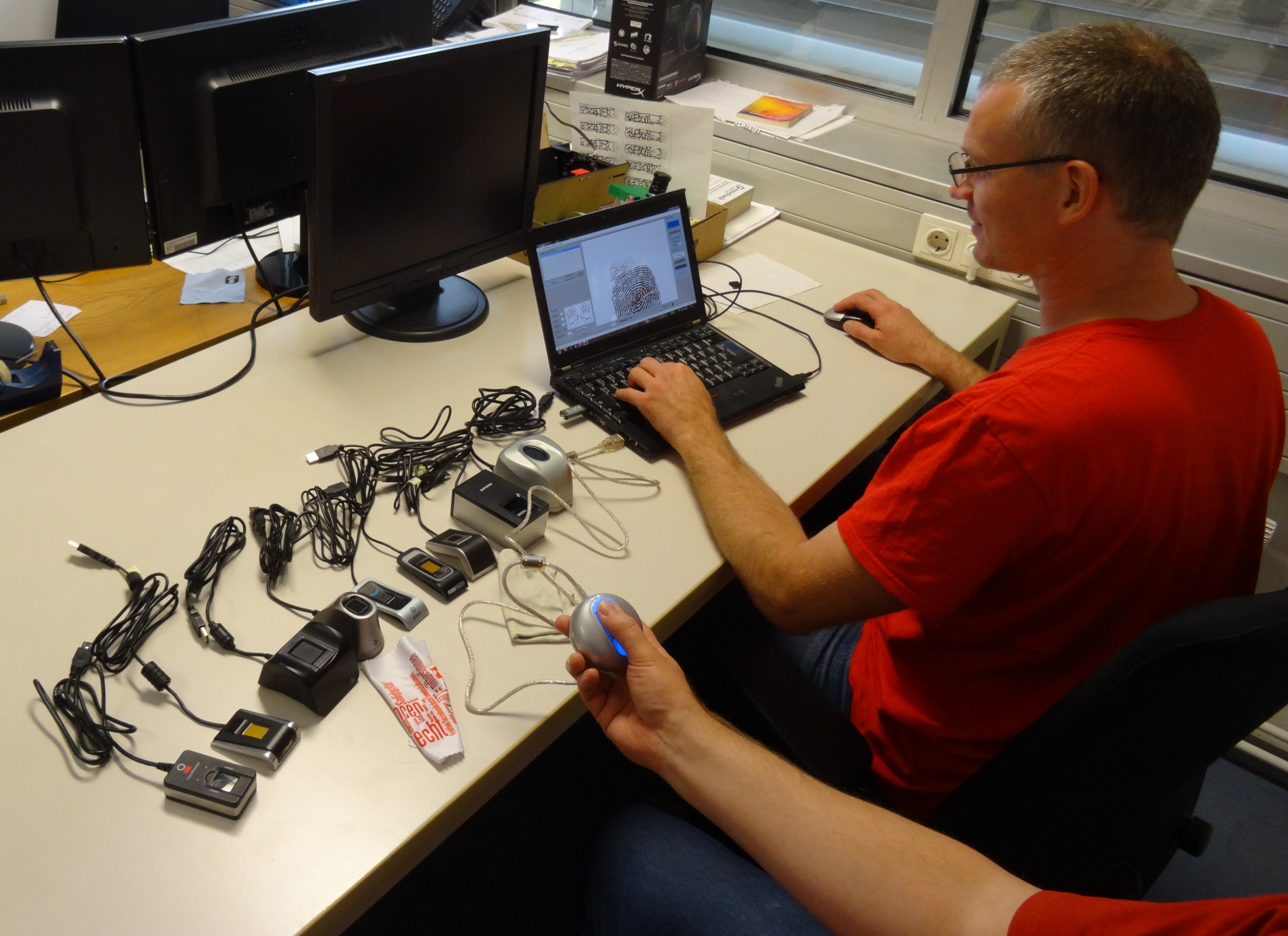
Below are some fingerprint samples from the fifth capturing session in June 2022:
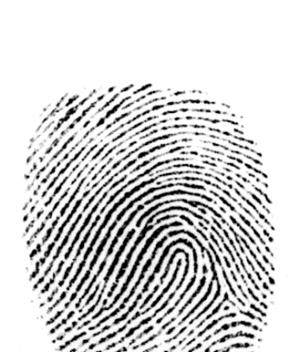 |
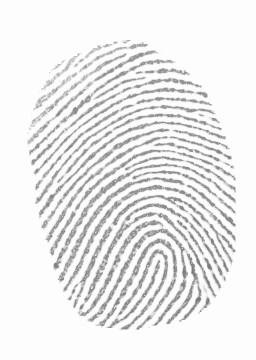 |
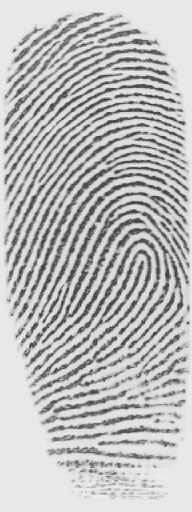 |
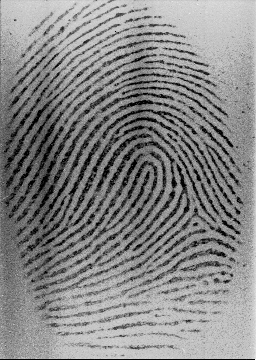 |
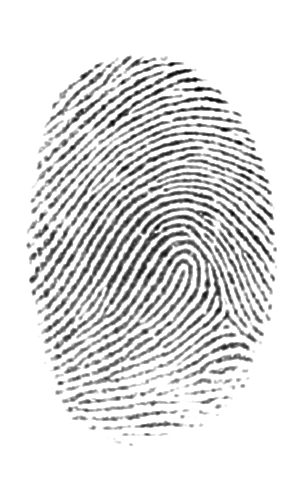 |
| Integraged Biometrics Curve | Eikon 710 Touch | Eikon II Swipe | Zvetco P5000 | Integrated Biometrics Columbo |
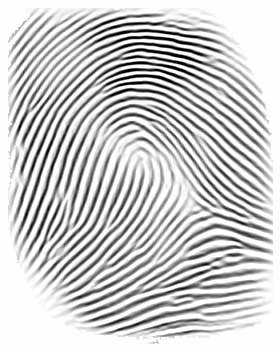 |
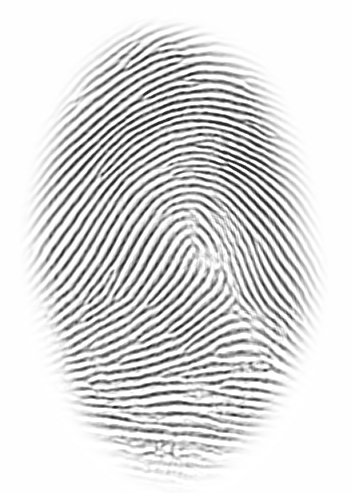 |
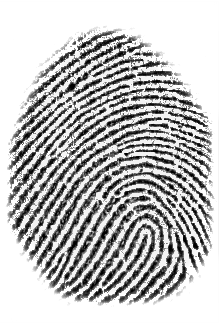 |
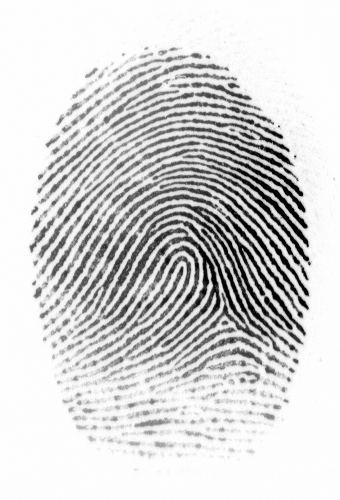 |
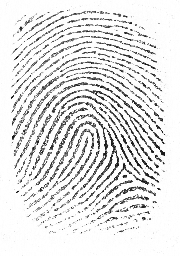 |
| Lumidigm M311 | Lumidigm V311 | Digital Persona URU5160 | Suprema Realscan G1 | Next Biometrics NB-3010-U |
Filename and Directory Structure
For the entire database the following directory structure applies:- Scanner_XXXX: contains the fingerprint samples of the scanner the directory is named after
- Session_Y: fingerprint samples captured at the first, second, third or fourth acquisition time
- User_ZZ: a subdirectory for each capture subjecct contained in the data set
- Finger_AA: a subdirectory for each finger of each capture subject contained in the data set
[scanner name]_[subject ID]_[session ID]_[finger ID]_[image ID].png
- scanner name: the name of the scanner used to capture the image
- subject ID: the capture subject ID, one or two digits, where 1 denotes the first capture subject and 60 denotes the 60th capture subject
- session ID: the session ID, one digit, where e.g. 1 denotes the first session
- finger ID: the finger ID, one or two digits, starting from the left thumb (1) till the right pinky finger (10):
- 1: left thumb
- 2: left index finger
- 3: left middle finger
- 4: left ring finger
- 5: left pinky finger
- 6: right thumb
- 7: right index finger
- 8: right middle finger
- 9: right ring finger
- 10: right pinky finger
- image ID: the image ID, one digit, starting from 1.
Short-Term Dataset
The main findings on the initial version of the PLUS-MSL-FP, which were the same on the extended v2 version of the dataset, were that there is no significant physiological subject aging as there was no correlation between the recognition performance decrease and the time spans in between the sessions (otherwise there should have been a higher decrease with longer time spans). Hence, changes in subjects' behavior while presenting the finger to the capturing devices were identified as main reason for the inter-session performance drop. This phenomenon should appear even with short time intervals between the sessions.To investigate the inter-session recognition performance drop on a short-term basis, an additional short-term dataset was acquired. The samples were captured from 3 volunteers, who participated during the PLUS-MSL-FP data acquisition as well, using 3 of the PLUS-MSL-FP capturing devices (Integrated Biometrics IB Columbo, Lumidigm M311 and Zvetco Verifi P5000) in 5 sessions over a time-span of two weeks.
The second session was acquired 6 hours, the third one 2 days, the fourth one 7 days and the fifth one 14 days after the initial one, respectively. 5 samples of 4 fingers (thumb as well as index finger of the left and right hand) were acquired during each session. There are 60 samples (3 subjects x 4 fingers x 5 samples) per session and a total of 300 samples for the whole dataset. The purpose of this rather small dataset was to verify the findings on the PLUS-MSL-FP on a short-term scale.
This short-term dataset is included in the PLUS-MSL-FP-v2 Database. A mapping file to with the corresponding subject IDs of the short-term users on the PLUS-MSL-FP-v2 dataset is of course provided as well.
Fingerprint Sample Quality and Recognition Performance Evaluation Results
In addition to this extension by the fifth session, an issue with the
original version of the dataset was fixed as well, which mainly
impacted the inter-session results between session 1 and the remaining
sessions (2, 3 and 4) and was the real reason for the bad inter-session
performance if session 1 was involved for the original dataset. Two
subject IDs (52 and 53) in session 1 were mixed up, which has been
fixed and the whole dataset was re-evaluated after the fix. The new, improved results, together with all the evaluation results can be found here: PLUS-MSL-FP-v2 (Extended) Evaluation Results
Obtaining the Database
To obtain the PLUS-MSL-FP-v2 Database you have to agree to our license agreement:PLUS-MSL-FP-v2 Database_ConsentForm
Please download, fill in and sign the license agreement and send it to A. Uhl or via mail to our department. After checking the license agreement you will be provided with a download link for the database.
Initial Version of the Database
The original (initial) version of the PLUS-MSL-FP dataset can be found here: PLUS-MSL-FP Database (Initial Version)Multimedia Signal Processing and Security Lab |
Friday, 04-Jul-2025 03:55:41 CEST |